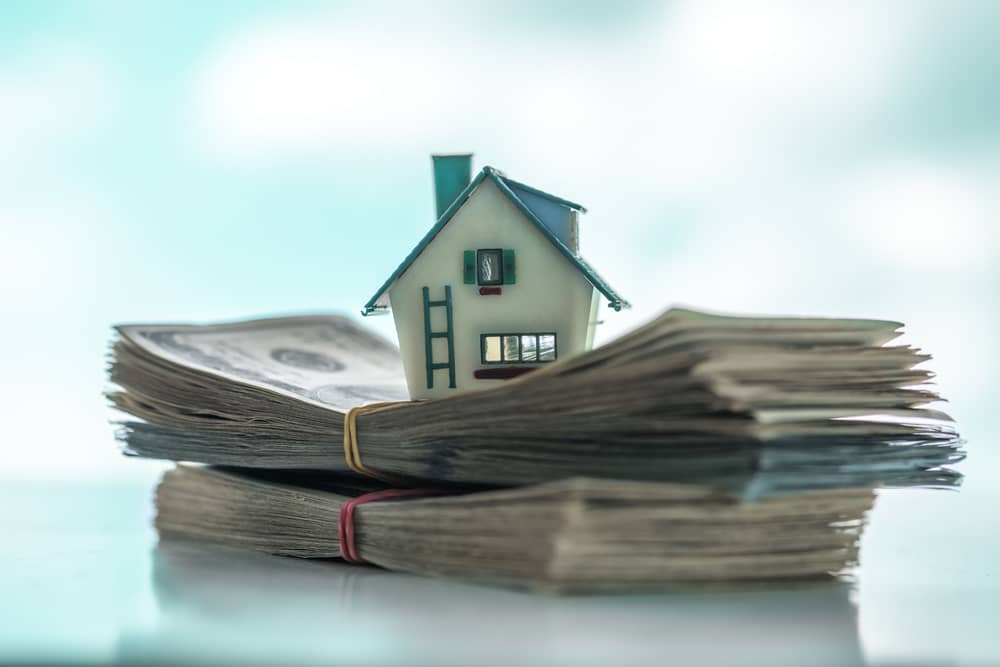What is the down payment amount for a home purchase?
If you are Buying a home for the first time Or if you’re looking for your next home, you may be wondering how much you’ll need to make a down payment.
Here are some important considerations to keep in mind about down payments to help you decide what is most appropriate for you…
Do you need a 20% down payment to buy a home?
The idea of a 20% down payment can make home ownership unrealistic, but the good news is that very few lenders still require 20% at closing. However, it may be worth lowering 20% of the home’s purchase price, if possible.
Before making a decision, you need to weigh the pros and cons of a large down payment to determine what is best for your finances and goals.
What are the advantages and disadvantages of a 20% deposit?
Let’s take a look at the pros and cons of a 20% down payment on buying a home.
20% deposit interest
A 20% down payment is generally the ideal amount for most types of loans and lenders. If you can make a 20% down payment on your home, you will enjoy the following benefits.
Better interest rates
The interest rate is the percentage of the principal balance, or the outstanding balance on your mortgage, that the lender charges you each month to borrow money.
The higher the down payment, the lower your risk to lenders. If you are able to make a down payment of at least 20% when you close on your mortgage loan, you can benefit from a lower interest rate. A one or two point drop in the interest rate can save you thousands of dollars over the life of the loan.
Lower monthly installments
The higher the down payment, the less you will have to borrow for your mortgage. The less you borrow, the lower your monthly payments. So it’s easier to set the budget For repairs or other expenses you incur each month.
Competitive advantage over other buyers
Home sellers often prefer to work with buyers who have paid at least 20%.
A higher down payment indicates that your finances are more in order, making it easier for you to find a mortgage lender. This can give you an edge over other buyers, especially if the home you want is in a very dynamic market.
20% deposit defects
20% down payment not suitable for all buyers. Some buyers can’t afford it. Others prefer to save some money for future repairs and other expenses.
If you’re trying to figure out how much down payment you need to buy a home, consider these drawbacks.
Increased financial risk
Once you make a down payment on your mortgage, it is not easy to get it back. If you think there’s a chance you’ll need the money for something important later, it might be wise to make a smaller down payment and Create an emergency fund.
Less money for repairs and other expenses
Homes that only need minor repairs can be a bit much for first time buyers. However, the higher the down payment, the less money is left to spend on repairs and maintenance.
More time to save
For most people, saving for a down payment can take months, years, or even decades. Waiting for a 20% down payment can result in a significant opportunity cost when considering what you’ll spend each month on rent.
Buying a home now may be more affordable in the long run than paying rent with a 20% down payment.
Can you buy a home without a down payment?
It is entirely possible to buy a home with no down payment. However, you will not be able to get a conventional loan without a contribution. Instead, you will need to take out a government-guaranteed loan.
State-guaranteed loans are state-insured mortgages. It poses less risk to the lenders because the state will cover the financial losses if you do not repay the loan. This means that lenders will generally be more inclined to grant lower-than-average interest rates and ease down payment requirements.
What is the minimum down payment for a home?
The minimum down payment required for a home depends largely on the type of loan you choose for your primary or secondary home or for an investment property. You will not have to make a down payment if you qualify for a government insured loan.
Are there other costs to consider when buying a home?
In addition to the down payment, you should be prepared to cover closing costs and any necessary moving costs before settling into your new home.
You’ll also need to consider ongoing expenses after you move, including property taxes, home insurance, condo fees, utilities, maintenance and repair costs, and of course, your monthly mortgage payments.
Why do mortgage lenders require down payments?
Mortgage lenders take a risk with you when they give you a loan, because there is no guarantee that you will keep making the payments.
When you place a deposit, you are showing the lender that you are serious and that you are ready to invest your own money in the property. The down payment also reduces the loan amount, which helps you lower your mortgage payments each month.
Conclusion
You no longer need to make a 20% down payment to buy a home. It is possible to purchase a home with a conventional loan.
If you have a down payment of less than 20% on a conventional loan, you’ll need mortgage insurance, you’ll likely pay a higher interest rate, and you’ll face more competition in the housing market.
Once you’ve saved your down payment and determined which type of mortgage best suits your needs, you’re ready to go.

